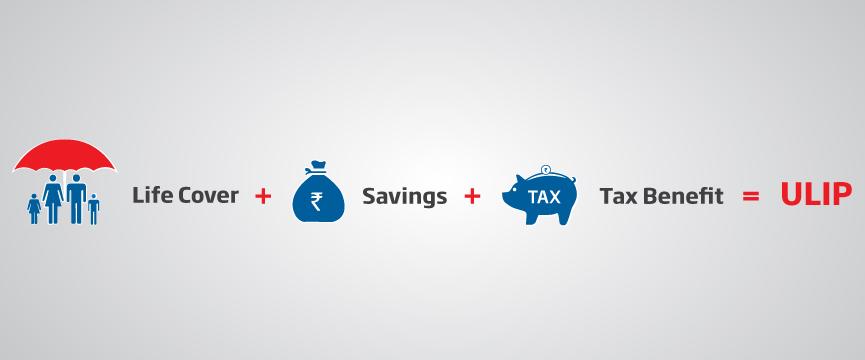Written by:
Vibhor Agrawal-
Founder
“FOX INVESTOR”- Financial Blogger
8th of May 2020
It is very
important to have information regarding deductions given in Income Tax Act so
that we can invest and save tax. So here is some important deductions u/s 80c
which gives you tax benefit.
Deductions
allowed under the income tax act help you reduce your taxable income. You can
avail the deductions only if you have made tax-saving investments or incurred
eligible expenses.

#SECTION 80C
You can claim a
deduction of Rs 1.5 lakh your total income under Section 80C. In
simple terms, deduction of whole of the amount paid or deposited in the
previous year, being the aggregate of sum does not exceeds 1,50,000
Investment in Tax
Saving FD / Tax Saving Mutual Fund / PPF / NPS / Sukanya Samriddhi Yojana /
ULIP is considered as the best tax saving option. These funds are specially
designed to give you dual benefit of saving taxes and getting higher returns on
investment.

#TAX SAVING FD
Tax-saving FDs are like regular fixed deposits but
come with a lock-in period of 5 years and tax break under Section 80C
on investments of up to Rs 1.5 lakh.
Eligibility: Subscribed by Resident Indian individuals.
Time Period: Lock-in period of 5 years.
Rate of Interest: FD interest rates are different from bank to bank from 5.5% to 7.75%
Investment Limit: Minimum investment limit is Rs 1000.
Tax Treatment: Interest earned is taxable.
#PPF (PUBLIC PROVIDENT FUND)
PPF are long term investments backed by government
of India. Deposits made in a PPF account are eligible for tax deductions under Section
80C.
Eligibility: Subscribed by Resident Indian individuals, salaried and non-salaried
individuals but a HUF cannot open a PPF account.
Time Period: Lock-in period of 15 years, but can be further extended by 5 years. Partial withdrawals are allowed after 7 years.
Rate of Interest: Current interest rate is 8.0% p.a.
Investment Limit: Minimum and maximum investment limit is Rs 500 and Rs 1.5 lakh respectively.
Tax Treatment: Interest earned is tax-free.
#EPF (EMPLOYEE PROVIDENT FUND)
EPF is a retirement benefit scheme that is
available to all salaried employees. This amounts to 12% of basic salary + DA,
that is deducted by an employer and deposited in the EPF or other recognized
provident funds.
Eligibility: Subscribed by employee with basic salary more than 15,000 /month
Time Period: Can withdraw PF balance after 2 months of leaving job and does not take up
employment within two months with an employer covered by PF Act.
Rate of Interest: Interest rate on the EPF is 8.55%.
Investment Limit: Both employer and employee have to contribute a minimum 12% of Basic Pay +
D.A.
Tax Treatment: Entire PF balance (including interest) is tax-free, if withdrawn after
continuous service of 5 years
#NPS (NATIONAL PENSION SCHEME)
The NPS is a pension scheme that has been started
by the Indian Government to allow the unorganised sector and working
professionals to have a pension after retirement. Investments of up to Rs 1.5
lakh can be used to avail tax deductions under Section 80CCD[1B]
Eligibility: Subscribed by every Indian citizen between the age of 18 and 60
Time Period: Partial withdrawals are allowed after 15 years but under special
conditions.
Rate of Returns: Returns rate on the NPS varies between 12% – 14%
Investment Limit: No limit on maximum contribution but minimum is 6000/year
Tax Treatment: Employer contributions are tax-free.

#NSC
(NATIONAL SAVING CERTIFICATE)
The NSC is a saving certificate that you can
purchase from any post office
Eligibility: Subscribed by every Indian citizen between the age of 18 and 60 but not
for HUF
Time Period: Partial withdrawals are allowed if nominee is dead otherwise after
maturity
Lock in Period: 5 year to 10year
Rate of Returns: Returns rate on the NSC varies between 7% –8%
Bank accept NSC as
security for secured loan
Tax Treatment: Employer Maturity amount is tax free but interest is taxable in the last
year.

#ULIP
(UNIT LINKED INSURANCE PLAN)
ULIPs are a mix of insurance and investment. A part
of the invested amount in ULIPs is used to provide insurance and the rest of
the amount is invested in the stock markets. Investments of up to Rs 1.5 lakh
in ULIPs are eligible for tax breaks under Section 80C
Eligibility: An investor can buy ULIP for self or spouse or child
Time Period: Interest rate varies as it is market linked
Rate of Returns: Return rate on the ULIP varies between 12% – 14%
Investment Limit: No limit on maximum contribution
Tax Treatment: Investment and withdrawals & maturity amount are tax-free.

#SUKANYA
SAMRIDDHI YOJANA
Sukanya Samriddhi Yojana /Scheme is one of the most
popular schemes by the Government of India. The scheme is aimed at the
betterment of girl child in the country
Eligibility: Parents/guardians can open an account in the name of a girl child till she
attains the age of 10 years.
Time Period: Up to 50% of the deposit amount can be prematurely withdrawn once the girl
reaches the age of 18 years
Rate of Interest: Interest rate on Sukanya Samriddhi Yojana is 8% TO 9%
Investment Limit: Investment is limited to maximum Rs.1,50,000 in a financial year
Tax Treatment: Investment and withdrawals & maturity amount are tax-free
OTHER TAX BENEFIT OPTIONS
#HOME LOAN REPAYMENT
The repayment of the principal of a loan taken to buy or construct a
residential property is eligible for tax deductions under Section 80C. This
deduction is also applicable on stamp duty, registration fees and transfer
expenses.

#CHILDREN’S TUTION FEES
PAYMENT
The tuition fee paid for the education of two children is eligible for tax
deduction under Section 80C of up to Rs 1.5 lakh. The fee can be paid to any
school, college, university or educational institute situated in India. The
fees have to be for a full-time course only.
.
#LIC – LIFE INSURANCE PREMIUM
The annual premium paid for life insurance in the name of the taxpayer or
the taxpayer’s wife and children is an eligible tax-saving payment under
Section 80C. The deduction is valid only if the premium is less than 10% of the
sum assured.
#ELSS- EQUITY LINK SAVING
SCHEME
Lowest lock-in of 3 years and one more option to invest monthly. Interest
earned are tax-free but if your interest exceed 100000 than 10% is chargeable
under LTCG (Long Term Capital Gain). Higher Interest rates than Fixed Deposit
and other investments but higher risk also because its totally depends on
market.

CONCLUSION
So there are many deductions about which many of us were unaware and hence
was not investing in those schemes. Now after this information you are
able to decide where to invest and save tax.